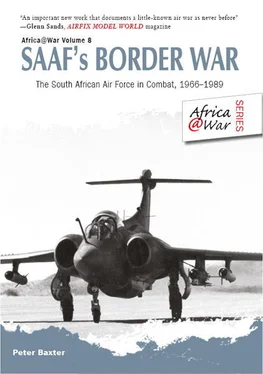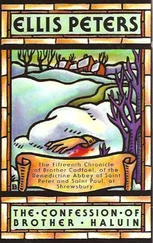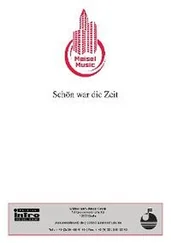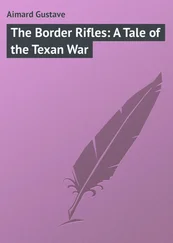At about 15h00 a large convoy of enemy vehicles was seen attempting to break out of the town heading northeast on the main highway leading to Menongue. This was rather a desperate gambit bearing in mind the swarm of lethal SAAF aircraft buzzing the scene and, needless to say, it was not long before it ran into and was halted by a TF Bravo stop group, leaving it static and highly vulnerable on a clearly defined road. Two Mirages were called in to attack the ostensibly free-gift target but found the head of the column and the stop group too close to each other to risk firing. This offered an opportunity to a number of vehicles to peel off into the dense bush surrounding the road and attempt an escape around the enemy flank. These, however, were pursed by a Bosbok and quickly located, after which a pair of Impalas was called in to deal with them. Once these had expended their ordnance, four Alouette gunships took over, relieved later by another unit of three Alouette gunships. During this brief but joyous action the SAAF accounted for 13 vehicles while skirmishing ground forces took out another three. These included T-34 tanks and several Soviet BTR armoured personnel-carriers. It was noted that among the dead were four Russians – two men and two women – while a Soviet sergeant-major was captured. What became of him has never been explicitly revealed but it can be taken for granted that he was used in some way as proof that the whole war was premised on South Africa deflecting Soviet expansionism in Africa.
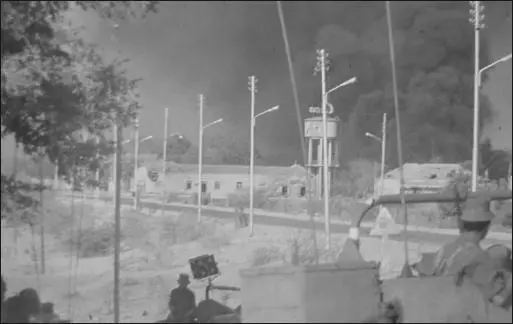
SADF troops awaiting the conclusion of the aerial bombardment of Ongiva prior to the assault. Photo courtesy Cameron Blake .
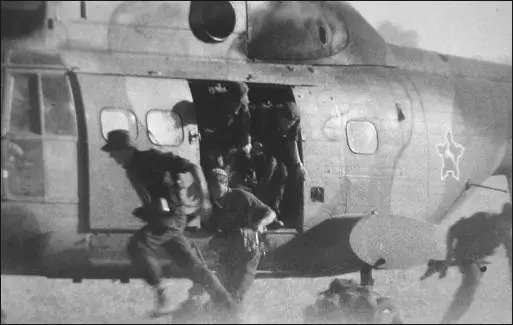
A Puma disgorges assault troops. Photo courtesy Cameron Blake .
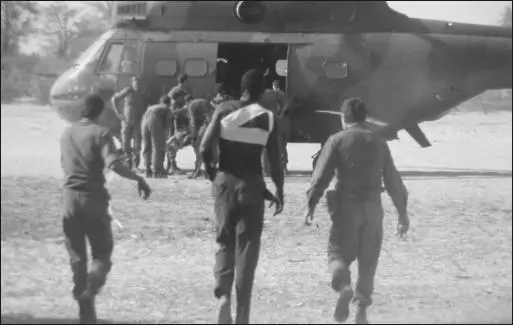
A wounded capture is led away toward an awaiting Puma. Photo courtesy Cameron Blake .

Operation Protea : a casevac being transferred from a field ambulance to a Puma arriving in a cloud of dust. Photo courtesy Cameron Blake .

A captured FAPLA soldier is guided to an awaiting Ratel. Photo courtesy Cameron Blake .

ARMED RECCE
Ongiva, meanwhile, was taken after a two-day battle. Thereafter, a strong SADF force remained in effective occupation of both Xangongo and Ongiva where they would remain on rotation for some time. The South African occupation of these two key administrative centres, notwithstanding being a constant stone in the shoe of any effort to broker an agreement between the warring parties as the political process continued, made it impossible for either SWAPO or FAPLA to operate effectively within the Shallow Area. Most important was the fact that both locations were equipped with serviceable airfields that were improved by SAAF airfield maintenance crews, after which they were available for use, mainly by transport aircraft, but also, when necessary, by helicopters and other ground-support aircraft.
The last SAAF missions flown in support of ground forces were on 28 August, with attacks and general activity also underway in the TF Bravo area of operations, most amounting to little because the SWAPO presence in this sector had rapidly evaporated upon the launch of the general action. It hardly mattered however, since, with the main logistical nerve centres incised, there would be nothing around which hostile forces could coalesce. In fact, it was noted in the months that followed the operation that most encounters with SWAPO tended to be with disconnected groups concerned more with simple survival than offensive operations.
By 1 September, the last withdrawing South African infantryman had crossed the border, returning to South West Africa with considerable booty, amounting, according to Border War historian Willem Steenkamp, to some 2,000 tonnes of looted ammunition, anti-aircraft guns, vehicles ranging from lorries and recovery tractors to scout cars and tanks and many other items. [16] Steenkamp, Willem. South Africa’s Border War: 1966–1989 , Ashanti, Gibraltar, 1989, p. 98.
The net result of the operation was that both SWAPO and FAPLA were pushed northward, with the ability of SWAPO to easily access South West African territory reduced by both distance and, at least temporarily, the destruction or removal of their main heavy weapons inventory. This was grounds for brief elation as the operation wound down and the tactically superior South African forces justly congratulated themselves on a job well done. However, the fact remained that a comprehensive rearming by both FAPLA and SWAPO would be delayed simply by the practicalities of expediting another series of shipments from Russia, all of which would be of the latest pattern and, of course, a sharp improvement on what had been there before.
However, as things stood, the international furore welled, peaked and broke with little material change to the moribund political process and with, underlying it all, an unmistakable note of respect for the fact that South Africa had again proved her considerable tactical superiority on the battlefield. For the loss of ten SADF soldiers and two SAAF personnel, over 1,000 combined enemy deaths had been reported, a massive haul of enemy matériel accrued and a gain of enemy territory – although the latter was fervently denied – that included Xangongo and Ongiva, both of which remained under South African occupation for quite some time.
The Angolans, meanwhile, fulminating with understandable gusto in all the international forums available, had been forced to swallow being chased out of a significant swath of their own country, with no serious attempt made by the local air force, notwithstanding generous donations of Soviet aerial hardware, to challenge South African domination of the skies. For the South Africans, it was without doubt a satisfying way to end an impressive military operation.
However, no sooner had the dust settled over Xangongo and Ongiva than intelligence began to come to light of SWAPO efforts to regroup at its regional headquarters located at Chitequeta, some 150 kilometres inland and west of the SADF-occupied Xangongo/Ongiva complex. Operation Daisy was planned and launched, on 1 November 1981, as an SADF mechanized force crossed the border into Angola. A tactical HQ was established at Ionde, 120 kilometres inside Angola, with a SAAF MAOT and a HAA/HAG where forces were later assembled in readiness for the advance on Chitequeta.
Air activities began again on 4 November with six C-130 and C-160 transporters dropping three companies of paratroopers into the target area. Bosboks were airborne over the battle for most of the day, playing reconnaissance, targetspotting and Telstar roles as the mechanized force and paratroop companies went into action. Low-level bombing by the Buccaneer fleet followed soon afterward, accompanied by four Mirage F1AZs, and again followed a moment later by three F1CZs, each recording some retaliatory AAA fire and one SA-7 launch that failed to find its target.
Читать дальше
